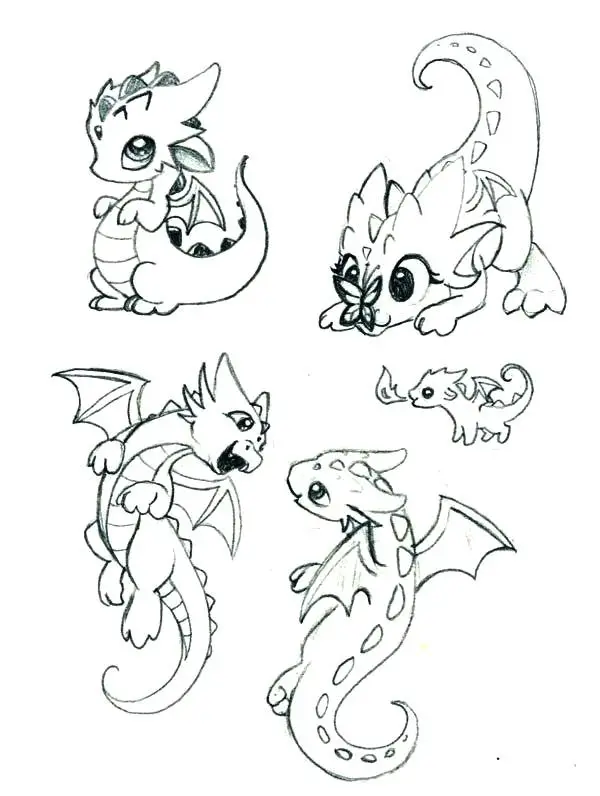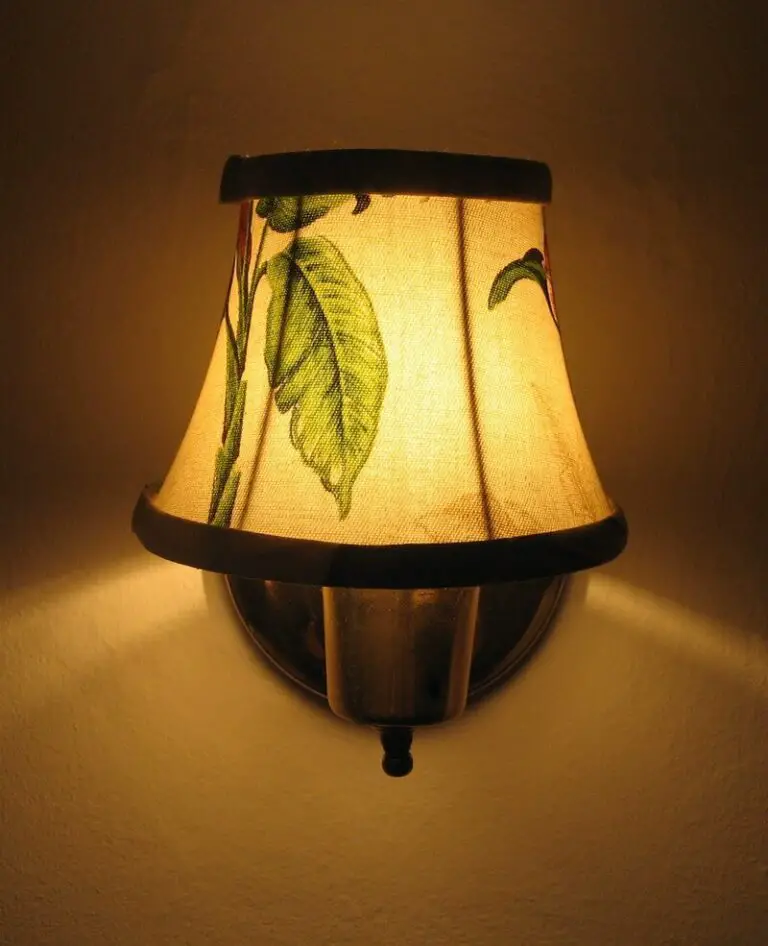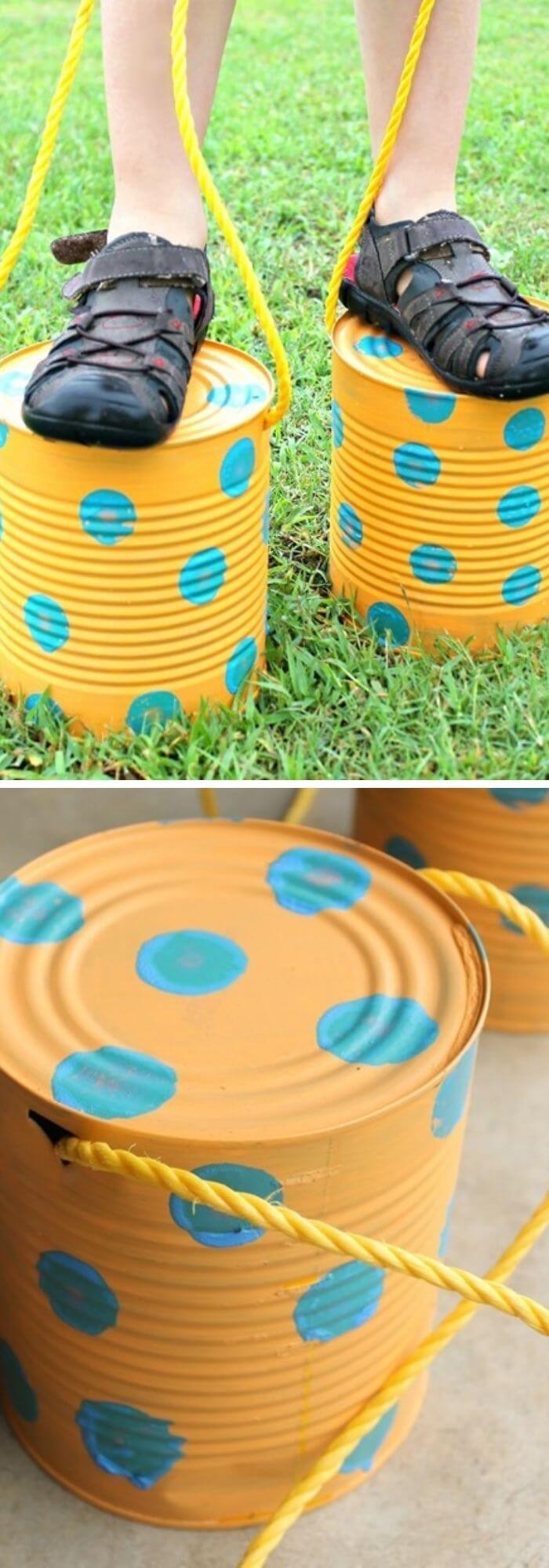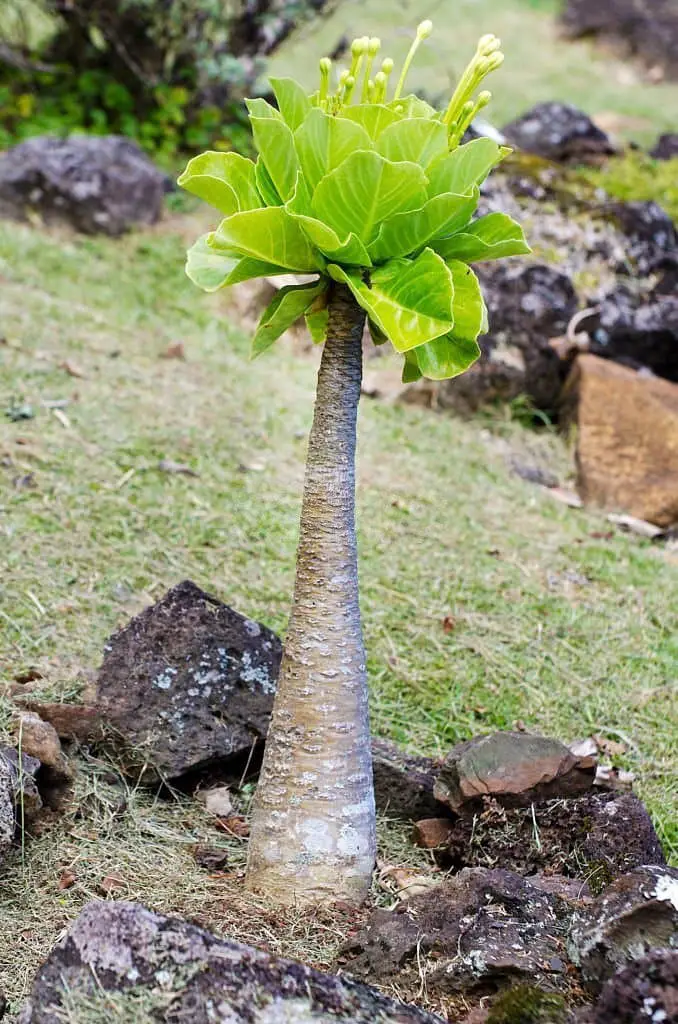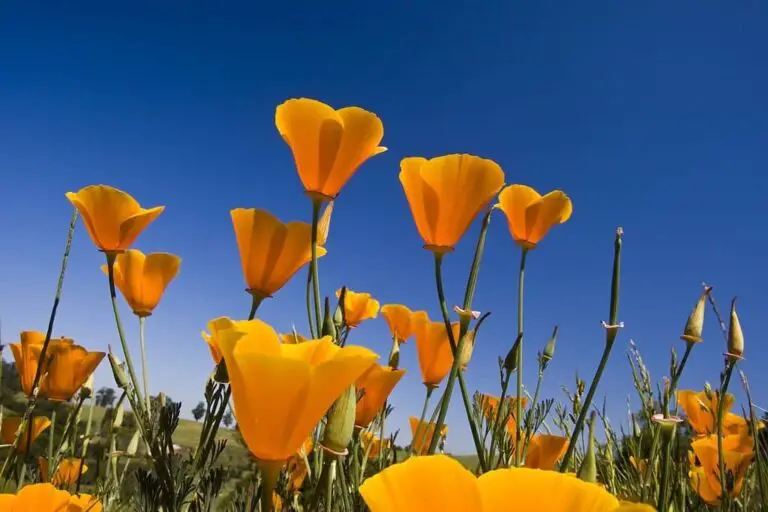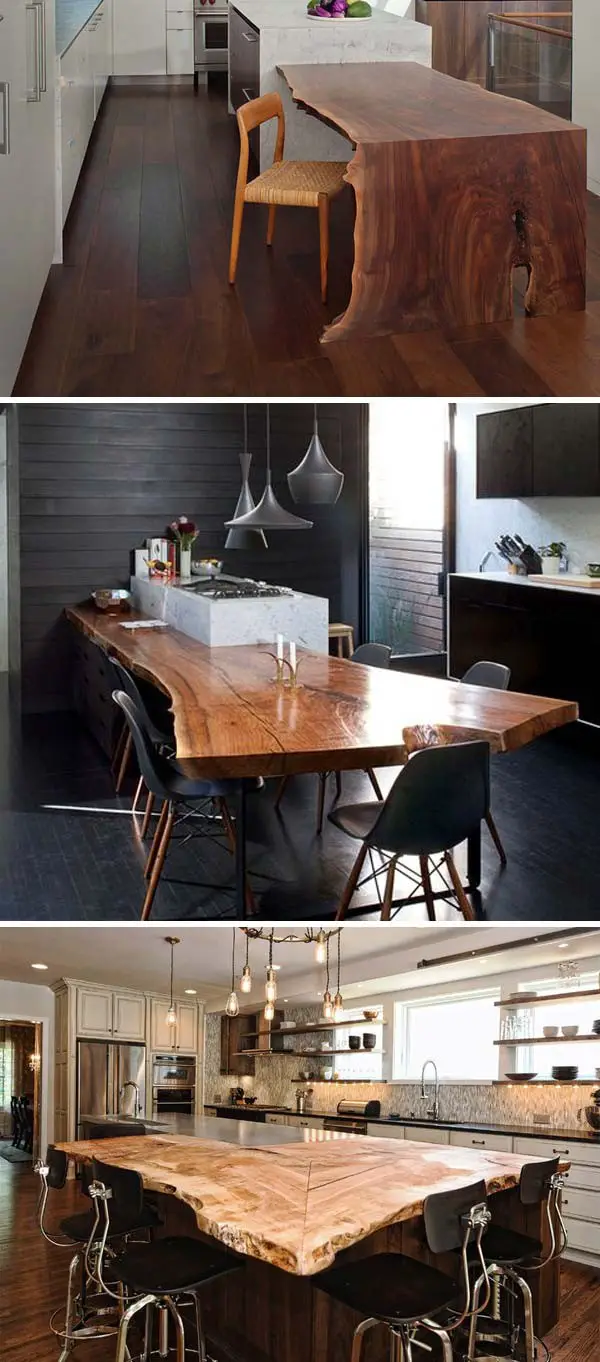20 Colors That Go Well With Teal In Your Home Decor
If you’re looking to inject a splash of vibrancy into your home décor, consider the versatility of teal. This captivating hue can be paired with a wide range of colors to create unique and harmonious combinations. In this post, we’ll delve into 20 color pairings that perfectly complement teal, from neutral shades to bold statements. Whether you’re seeking inspiration for painting your walls or simply looking to add some visual interest, these suggestions will provide a wealth of ideas.
In addition to exploring the various colors that go well with teal, this article will also touch on some interesting facts about the color itself, including its historical significance and its role in Feng Shui. You’ll discover the perfect balance of complementary colors, from earthy tones like beige and brown to bold contrasts like orange and purple.
In total, 20 color pairings will be showcased, each one highlighting the unique characteristics of teal and how it can be effectively combined with other hues to create a cohesive and visually appealing space. From classic combinations to unexpected pairings, this post is sure to inspire you to think creatively about incorporating teal into your home décor.
What color is teal?
Teal occupies a unique position on the color spectrum, existing at the intersection of blue and green hues. Its subtle variations in tone depend on the balance between these two primary colors. The name ‘teal’ is derived from the iridescent plumage of the common teal duck, whose vibrant greenish-blue feathers serve as inspiration for this captivating shade.
In its most natural and outdoorsy applications, teal is often linked with a sense of adventure and environmental consciousness.
It’s a popular choice for athletic teams, eco-conscious businesses, and outdoor enthusiasts who seek to project an image of harmony with nature. In more refined settings, such as interior design or high-end fashion, teal can be seen as a sophisticated and modern color, evoking feelings of calmness and serenity.
The history of teal color
Teal and the color wheel
Teal, a captivating color situated between blue and green on the visible spectrum, can be generated by blending blue and green pigments or adding cyan to blue paint. Its name originates from the vibrant plumage of the common teal bird, which boasts this very hue. The color wheel, a valuable tool for artists, serves as a guide for crafting harmonious color schemes. Based on the three primary colors – red, yellow, and blue – it forms the foundation of all other hues.
As these foundational colors are combined in varying proportions, they yield an extensive range of colors. Interestingly, teal is found on both traditional and modern color wheels. On a traditional color wheel, it resides between blue and green, while on a modern one, it’s situated between cyan and blue.
Are there different shades of teal?
Teal’s versatility shines through in its many shades, making it a delightful color to work with. While some may think there’s only one true teal, the reality is that this vibrant hue can be tweaked and toned to suit various moods and styles. Let’s take a closer look at some of our favorite teal shades:
Teal blue, for instance, embodies the carefree spirit of summer.
Its gentle blend of blue undertones creates a sense of lightness and airiness, perfect for capturing the relaxed atmosphere of a sunny day.
For those who crave a more subtle splash of color, teal green is an excellent choice. This understated yet refreshing shade strikes a balance between being bold enough to make a statement and subtle enough not to overwhelm.
On the other end of the spectrum, teal turquoise injects a burst of tropical energy into any setting.
Its bright, vibrant quality is sure to grab attention and transport you to a sun-kissed paradise.
Lastly, teal aqua offers a more subdued yet still inviting alternative. This softer iteration of teal maintains its refreshing charm while toning down the brightness to create a sense of serenity.
Teal color meaning.
The soothing presence of teal is deeply rooted in our psyche, evoking feelings of serenity and tranquility reminiscent of nature’s calming ambiance. This captivating blue-green hue manifests in various shades, ranging from soft whispers to profound depths. Teal is often imbued with symbolism, conveying trust, loyalty, wisdom, and confidence, while also signifying the dawn of new beginnings. Its versatility resonates across cultures, effortlessly weaving itself into our collective consciousness.
The meaning of teal color in Feng Shui.
In Feng Shui, teal is revered for its profound auspiciousness, symbolizing the onset of fresh beginnings, growth, and renewal. This vibrant hue also embodies the essence of purity, detoxification, and healing, making it an ideal color for promoting overall well-being and prosperity. Teal’s harmonious energy can be effortlessly incorporated into any room of the home, fostering a positive and uplifting atmosphere.
What color is the opposite of teal?
In the realm of colors, the opposing force of teal is none other than orange. This dichotomy is rooted in both the color wheel and the light spectrum. On the color wheel, orange serves as the complementary color to teal, resulting in a visually striking contrast when placed side by side. Furthermore, this opposition extends to the light spectrum, where teal’s cool and dark undertones are countered by orange’s warm and bright nature.
What colors go with teal for interior design?
Teal’s versatility in interior design is undeniable, and its harmonious relationship with various hues makes it a popular choice among designers and homeowners alike. When looking to incorporate this captivating color into your space, the question arises: what colors complement teal most effectively?
Black and teal.
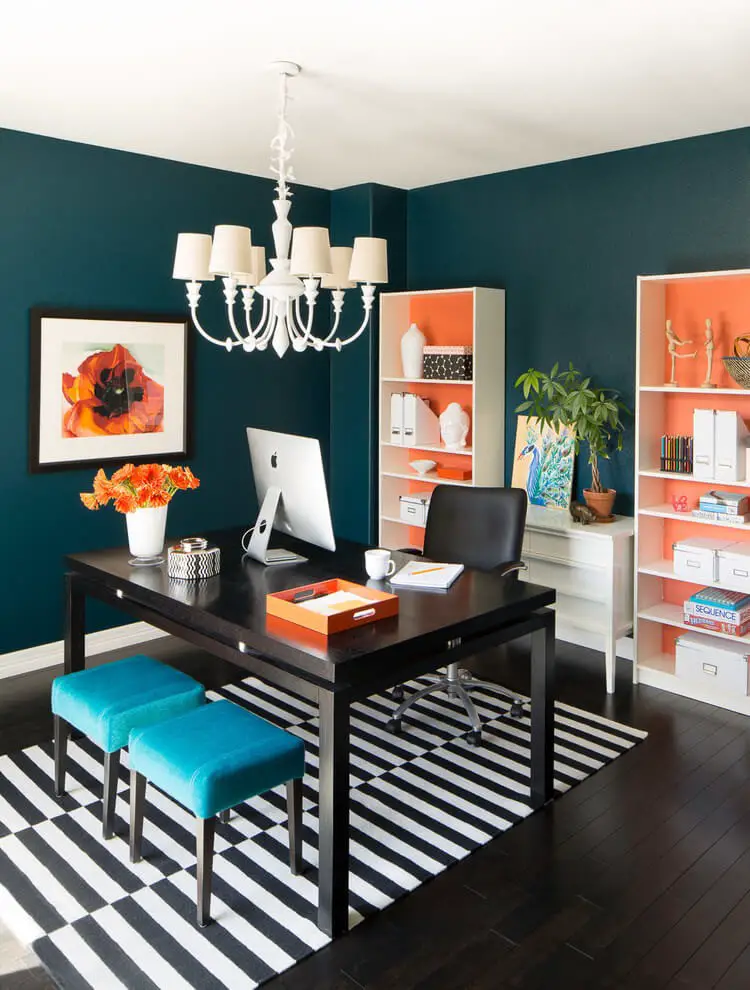
Teal’s versatility is unparalleled, effortlessly complementing a wide range of hues. While black remains a timeless choice that pairs well with most colors, teal’s unique blend of calming and playful qualities makes it an ideal selection for nurseries. Its soothing nature also makes it suitable for bedrooms, while its vibrancy ensures it can hold its own in living rooms.
With this color combination, you’re guaranteed to add a bold pop of color to any space, making it an excellent choice for any room in your home.
Brick and teal.
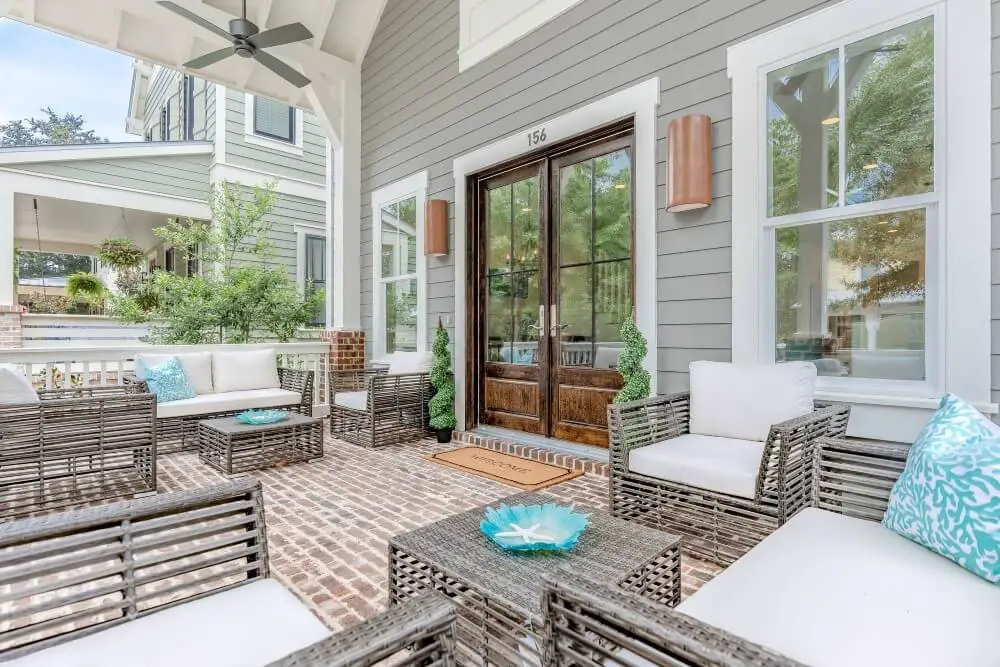
When it comes to creating a timeless home design, few combinations are as effective as pairing classic brick with trendy teal. This harmonious duo can instantly transform any space into an inviting retreat. To make the most of this iconic color combination, follow these expert tips:• Select a paint hue that thoughtfully complements the brick’s warm, earthy tones.
• Strategically incorporate teal accents to draw attention to specific features in the room, such as a statement piece of furniture or a stunning architectural detail.• Experiment with different shades of teal to add depth and visual interest to your design. This can be achieved by incorporating lighter, airier blues alongside richer, more saturated teal tones.
• Don’t be afraid to mix and match brick and teal with other colors to create a truly one-of-a-kind look that reflects your personal style.
Charcoal gray and teal.

When it comes to creating a harmonious atmosphere in your home, the combination of charcoal gray and teal can be a winning formula. This cool, neutral color palette has the ability to promote relaxation and calmness, making it perfect for bedrooms or meditation spaces. Teal, on the other hand, is a versatile color that can add a pop of personality to any room. It’s a great choice for accent walls, statement furniture pieces, or even a splash of color in your kitchen or bathroom.
One of the best things about pairing charcoal gray and teal is that it creates a timeless look that won’t go out of style anytime soon. Whether you’re looking to refresh a single room or give your entire home a makeover, this color combination is sure to deliver on both style and substance.
Gold and teal.

Combining gold and teal creates a visually stunning design that exudes luxury and sophistication. The rich, warm tone of gold pairs seamlessly with the calming, blue-green hue of teal, resulting in a harmonious color palette that’s perfect for any room in your home. Whether you’re designing a living space, bedroom, bathroom, kitchen, or office, this dynamic duo is sure to bring a touch of elegance and refinement to your decor.
Greige and teal.

When it comes to harmonious color combinations, few duos can rival the charm of greige and teal. In my home, this dynamic duo has earned a special place in my heart. The subtle warmth of greige provides the perfect backdrop for the vibrant, energetic vibe of teal. My teal sofa is the crowning jewel of the room, its rich hue beautifully complemented by the soothing neutrality of the greige walls.
Even the pops of teal on my pillows and other accents seem to take on a new level of radiance against this understated yet elegant canvas.
Lime green and teal.

Lime green and teal are an unstoppable duo when it comes to interior design. The vibrant tone of lime green pairs perfectly with the calming essence of teal, creating a harmonious balance that can elevate any room. As a popular color choice at present, teal offers versatility in its application, whether as an accent or main color. When combined with lime green, this duo produces stunning results.
To incorporate these colors into your home design, consider the following suggestions:
– Utilize lime green as a pop of color through accent pieces, such as pillows or wall art. This adds a touch of whimsy without overwhelming the space.
– Employ teal as the dominant hue in your room by painting walls, using furniture, or incorporating accessories. This bold move will undoubtedly make a statement and become the focal point of the space.
Mint green and teal.
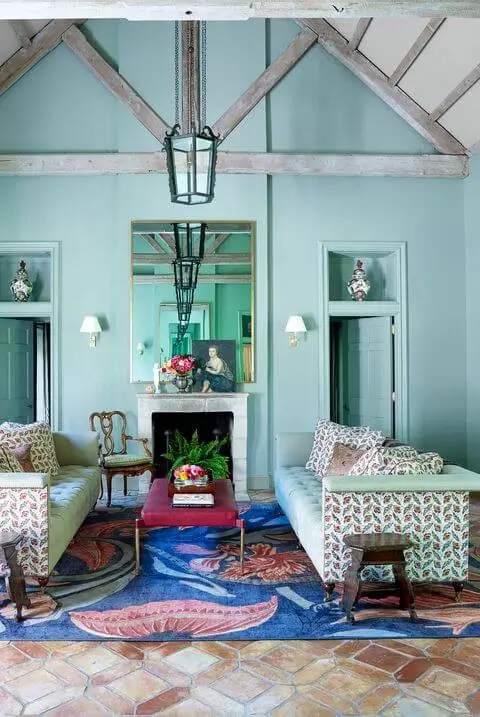
The harmonious union of mint green and teal creates a unique and captivating interior design scheme. Mint green, characterized by its pale and calming nature, is elevated by the addition of teal’s rich, blue-green hue. This color combination can be seamlessly incorporated into any room, from the cozy living space to the serene bedroom. The contrasting yet complementary tones work in harmony to create an atmosphere that is both soothing and visually appealing.
Mustard Yellow and teal.
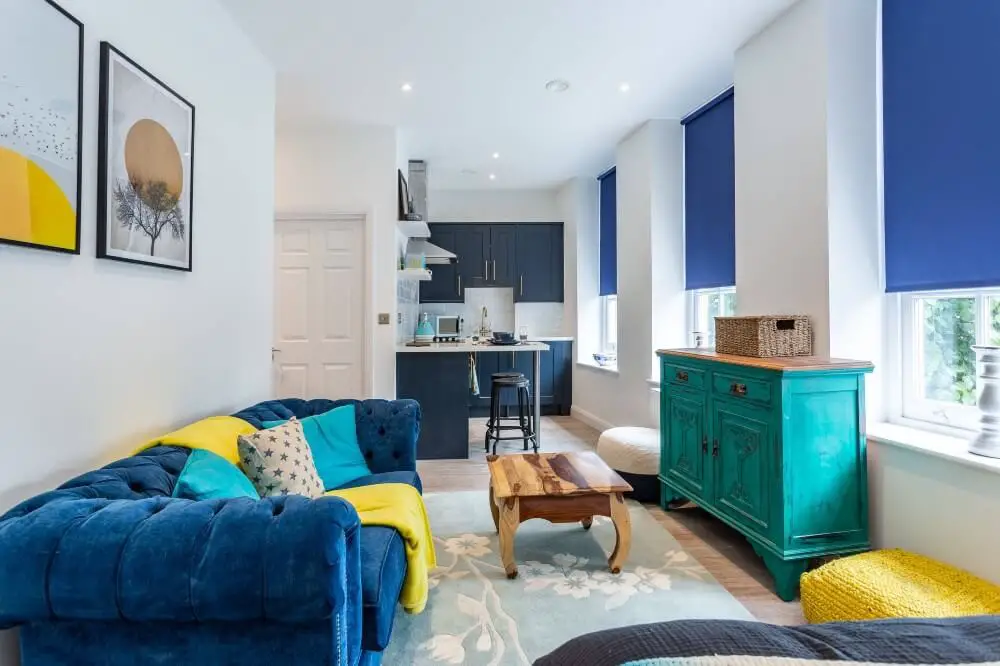
Mustard yellow and teal are two vibrant colors that can add depth and character to any room. The versatility of these hues lies in their ability to be both bold and subtle, depending on the shade chosen. Mustard yellow, in particular, is an excellent accent color or can even serve as a dominant hue in a space. Similarly, teal offers a range of options, from light and airy to dark and dramatic. Its versatility makes it an excellent choice for adding a pop of color to a room.
When selecting colors for your home, consider the ambiance you desire to create. A thoughtful approach will ensure that your chosen palette harmoniously reflects your personal style.
Navy blue and teal.

When combining navy blue and teal, you can create a sophisticated and modern aesthetic that can elevate the ambiance of any room. Navy blue makes for an excellent accent wall or trim color, while teal is perfect for adding pops of color through throw pillows, curtains, or rugs. By pairing these colors, you’ll be able to achieve a chic and coordinated look that will instantly transform your space.
Orange and teal.

The harmonious union of orange and teal creates a stunning interior design scheme reminiscent of a sunny day by the ocean. Teal, in particular, is an incredibly versatile color that can seamlessly blend into various settings. Whether used as a bold accent or a primary hue, it effortlessly pairs with both light and dark colors, making it a chameleon-like color that adapts to any room’s aesthetic.
This dynamic duo is a match made in heaven, capable of transforming any space from the living room to the bedroom into a warm and inviting oasis. Whether you’re seeking a vibrant and energetic atmosphere or a soothing and calming ambiance, orange and teal combine to produce a visually stunning result that will never go out of style.
Pink and teal.
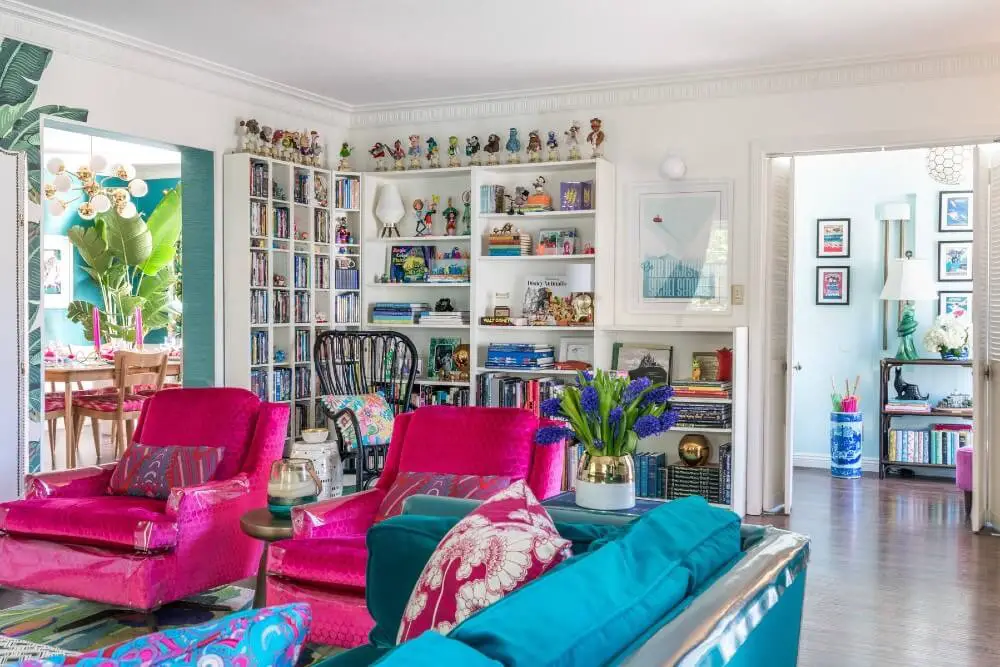
Pink and teal, when combined, form a harmonious union that can evoke feelings of romance, whimsy, and serenity. The former is often linked to femininity, playfulness, and sophistication, while the latter is reminiscent of natural landscapes, water, and relaxation. This dynamic duo creates a stunning interior design scheme that can be effortlessly incorporated into any room.
Whether you seek to inject vibrancy or subtlety, pink and teal’s versatility ensures a timeless aesthetic that will never go out of style.
Purple and teal.
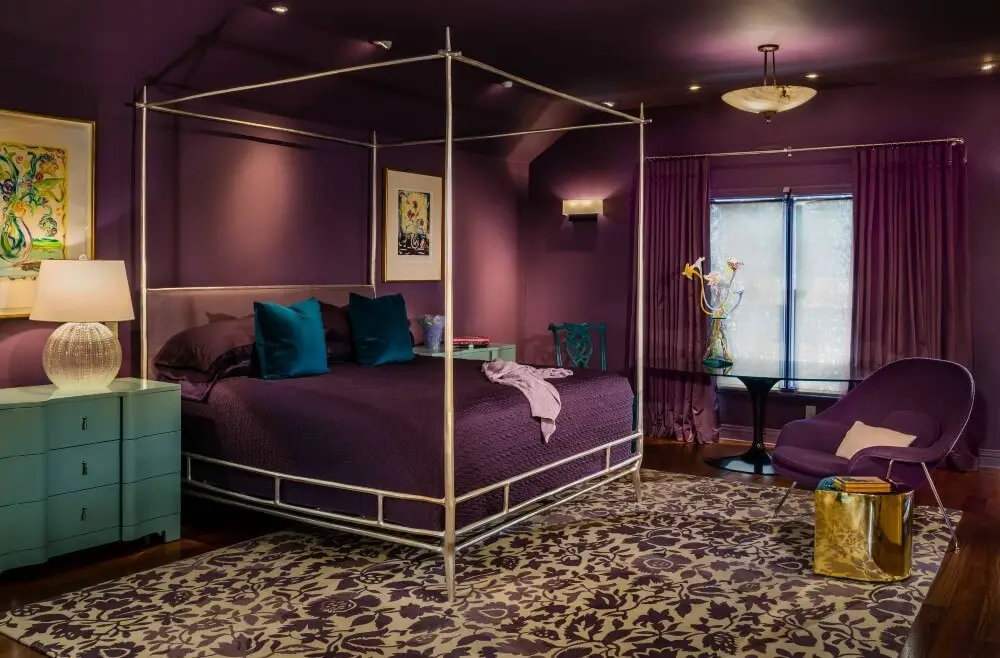
While the combination of purple and teal may seem unusual at first glance, it’s actually a match made in heaven. The key is to experiment with different shades and tones to add depth and visual interest to your design. One way to do this is by using these colors as accents for other hues in your scheme. For instance, purple pairs surprisingly well with teal, creating a harmonious balance that’s both unique and stylish.
By embracing the unexpected and letting your creativity shine, you can create a truly stunning design that showcases the beauty of purple and teal together.
Red and teal.

While red and teal may seem like an unconventional pairing at first glance, they actually share a harmonious relationship. The bold and vibrant nature of red serves as the perfect complement to the calming and soothing quality of teal. When combined, these two colors create a unique visual tension that can add depth and excitement to any space.
This dynamic duo has the power to transform an ordinary room into an extraordinary one, making it perfect for creating a welcoming atmosphere that’s sure to delight anyone who enters.
Royal blue and teal.

When it comes to creating a visually striking interior design, the combination of royal blue and teal is an unbeatable duo. The deep, rich tones of royal blue are perfectly balanced by the greenish-blue hue of teal, resulting in a harmonious blend that elevates any room. This popular color pairing is characterized by its unique similarity and distinctiveness, allowing it to add depth and visual interest without overwhelming the senses.
If you’re seeking to inject some excitement into your home’s interior design, look no further than this dynamic duo – the result will be nothing short of impressive.
Tangerine and teal.

Tangerine’s vibrant hue injects energy into any room, harmonizing seamlessly with teal. This dynamic duo can be used to create a bold accent wall or dominate the space entirely. On the other hand, teal is an incredibly versatile color that lends itself to countless design possibilities. When paired with other hues, it produces captivating, one-of-a-kind environments.
White and teal.

The harmonious union of teal and white colors is reminiscent of classic pairings that evoke a sense of comfort and joy. Just as peanut butter and jelly, milk and cookies, or macaroni and cheese are inseparable, these two hues blend seamlessly to create a perfect balance for your home’s interior design. Teal, with its calming and invigorating properties, is an ideal choice for bedrooms and bathrooms where relaxation is key.
Meanwhile, white serves as the perfect accent color, amplifying the visual impact of any design element and adding a touch of sophistication.
Yellow and teal.

Teal’s versatility is unmatched, but when paired with yellow, it’s a match made in heaven. The harmonious combination creates a visually appealing and complementary scheme that can be applied to various design elements. Whether you’re looking to create a bold statement or a subtle accent, the union of teal and yellow offers endless possibilities.
Here are a few ways to bring this dynamic duo into your home:
-Paint a teal backdrop and introduce pops of sunshine-yellow accents throughout the space.
-Infuse both colors into your fabrics and textiles for a cohesive look.
-Use teal as the foundation and add bursts of yellow to create visual interest.
Conclusion
When exploring the world of color combinations, it’s easy to get lost in the vast array of possibilities. But with teal as a foundation, you’re already off to a stylish start! By pairing this vibrant hue with one (or more!) of the colors we’ve highlighted above, you’ll be well on your way to creating a space that truly reflects your unique taste and style. Whether you opt for a bold contrast or a harmonious blend, the possibilities are endless when it comes to decorating with teal.

